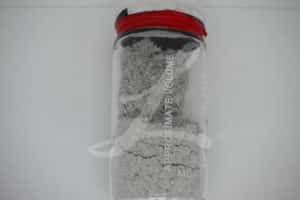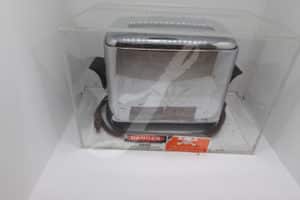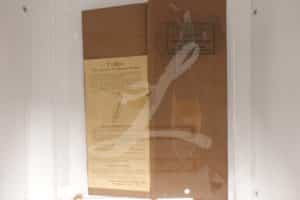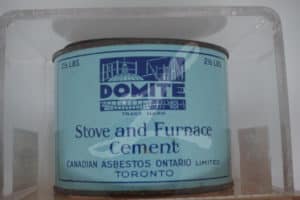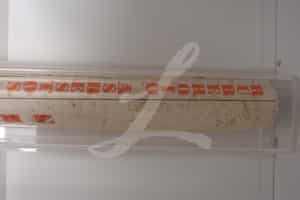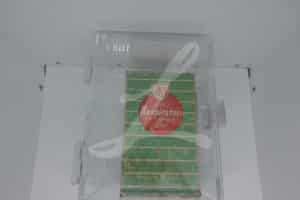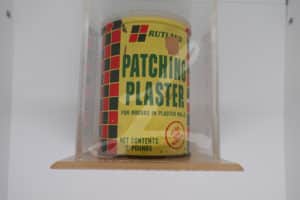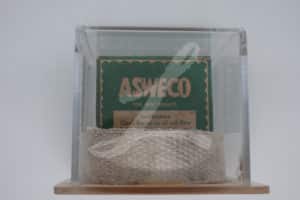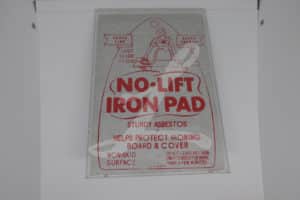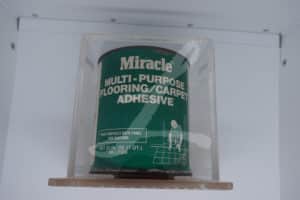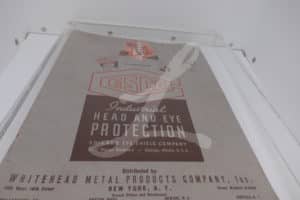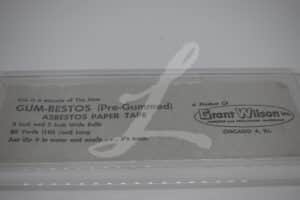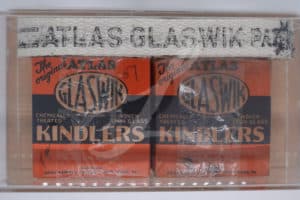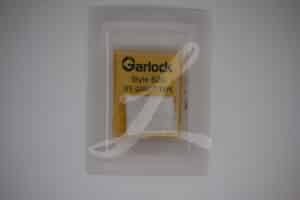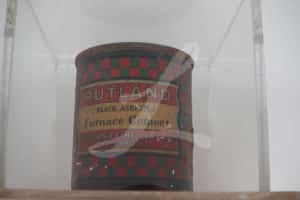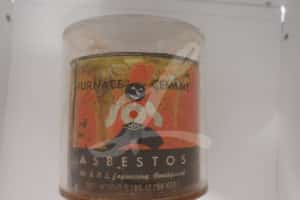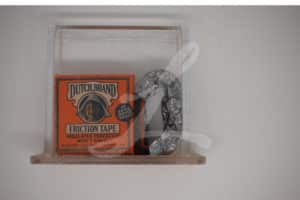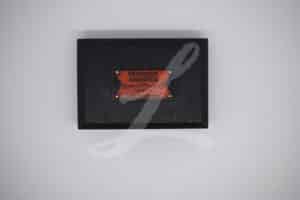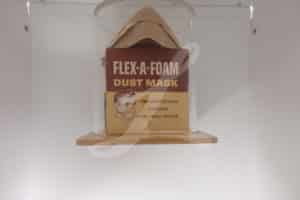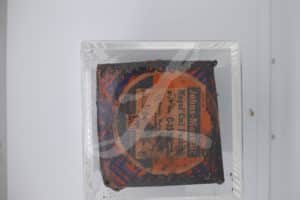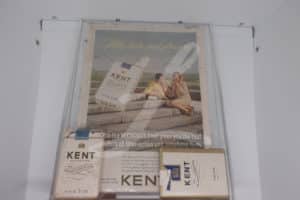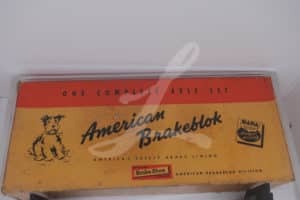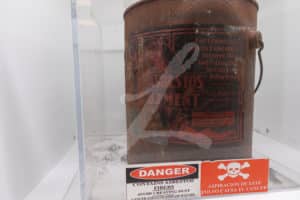Products & Materials Containing Asbestos
The asbestos mineral possesses fireproof, waterproof, non-conductive, and other properties, which made it a popular additive in products before its partial ban in the 1980s. Common products that use asbestos include insulation, cement, water heaters, duct tape, and auto brake pads. If you have been diagnosed with mesothelioma and suspect you developed it from an asbestos-contaminated product, contact the Lanier Law Firm today for a free consultation.
Home » National Mesothelioma Law Firm » Asbestos Exposure » Asbestos in Consumer Products and Materials

Legally Reviewed By: Darron E. Berquist
Managing Attorney | Asbestos Litigation
- Page Last Updated:
- June 18, 2025

Legally Reviewed By: Darron Berquist
Managing Attorney | Asbestos Litigation
- Page Last Updated:
- June 18, 2025
Asbestos is a naturally-occurring mineral that has been used in more than 3,000 different products. Its use continued long after the industry became aware of its dangers.
Asbestos is particularly insidious because it can be present without the knowledge of those exposed. The fibers are microscopic, and there are no known warning signs that point to potential asbestos exposure. Instead, the fibers quietly lodge themselves deeply into body tissues, where they cause damage for decades until the victim becomes irreversibly and fatally ill.
Asbestos Product Collection at The Lanier Law Firm
The Lanier Law Firm is home to one of the world’s largest collections of asbestos products. We’ve cataloged some in the gallery below, including not only products containing asbestos but also asbestos dust and raw mined asbestos. Our collection contains industrial products ranging from brake pads to adhesives, as well as consumer products such as toasters, hair dryers, and children’s toys. Most shockingly, we also have products intended to protect individuals from other hazards, including face masks which may protect from one hazard but directly expose users to the harmful asbestos dust.
Industrial Asbestos Products
Production of asbestos-containing products in the United States reached its peak between the 1930s and the late 1970s until the industry became heavily regulated due to increasing public awareness of the health risks associated with asbestos exposure. Production of asbestos-containing products has since declined significantly.

Spray Coatings
Spray coatings were formulations containing loose asbestos fibers that were widely used in the building industry. These products added fire protection, insulation and soundproofing qualities.

Papers and Felts
Papers and felts were used as linings in flooring and roofing products. They were also wrapped around pipes and electrical insulation.

Textiles
Asbestos has played a significant role in the textile industry and was widely used in the following:
- Yarn
- Thread
- Cloth
- Tape
- Rope

Insulation
Asbestos was a popular type of insulation in multiple building applications. Insulation applications include the following:
- Thermal insulation
- Electrical insulation
- Pipe insulation
- Soundproofing
- Fireproofing

Automotive Friction Products
Asbestos has been a popular product in automotive and aircraft friction products including brake linings, brake pads and clutches.
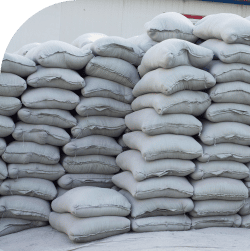
Cement
The reinforcing qualities of asbestos have made it ideal for reinforcing cement. Cement boards, products and sheets comprise the largest share of worldwide industrial use of asbestos.

Plastic Products
Asbestos fibers reinforced plastic products made from PVC, nylon, resins and other synthetic materials.

Gaskets
Combining asbestos fibers with resins has paved the way for manufacturing gaskets and other rubber-based products.

Coatings, Sealants and Adhesives
Asbestos has enjoyed a wide variety of uses in such products as caulking, roofing compounds and industrial glues.
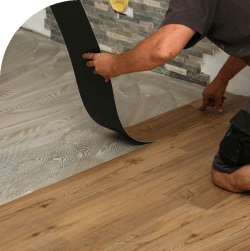
Vinyl Tiles and Asphalt Shingles
The reinforcing and absorbing qualities of asbestos make it an ideal material for vinyl floor tiles and asphalt shingles.
Handle Your Mesothelioma Case?

Asbestos in Building Construction
Despite many uses of asbestos being discontinued, its previous widespread use means millions of Americans continue to experience asbestos exposure while occupying and working in buildings constructed during this period. This is known as legacy asbestos.
Schools
Asbestos exposure in schools is a serious threat in the nation’s public school buildings, the majority of which are known to be harboring asbestos in the following applications:
- Insulation
- Building materials
- Ceiling tiles
- Cement asbestos pipe
- Corrugated paper pipe wrap
- Sound insulation
- Pipe insulation
- Boiler insulation
- Spray-on fireproofing materials
This is an area of significant concern because many schools are experiencing a gradual deterioration of asbestos-containing floor tiles, cement pipes and other materials. As these products wear down, the asbestos is disturbed, releasing it into the air where students, teachers and other personnel can inhale the fibers.
Commercial Buildings
Commercial buildings constructed prior to 1980 are certain to have multiple asbestos-containing products, including but not limited to the following:
- Pipe insulation
- Boiler insulation
- Gaskets
- Spray-on fireproofing
- Vinyl floor tile
- Linoleum
- Grout
- Ceiling tiles
- Popcorn ceilings
- Drywall tape
- Joint compound
- Plaster
- Wall tile adhesive
- Fire doors
- Adhesives
- Sealants
- Roofing products
- Cement products
- Vinyl-asbestos floor tile
Asbestos in the Home
Homes built before 1990 are at risk of containing asbestos. It is important to remember that undisturbed asbestos is not associated with any known health hazards. In addition to the building itself, you may also have consumer products in your home that contain asbestos.
Asbestos Building Materials
Asbestos-containing materials in residential construction include the following:
- Roof shingles
- Roofing felt
- Corrugated roofing
- Gutter and spout joints
- Building eaves
- Siding
- Vermiculite insulation
- Most of the nation’s vermiculite up until 1990 came from the vermiculite mine in Libby, Montana, which was contaminated with asbestos.
- If you have vermiculite insulation, you should assume it is from Libby.
- Libby vermiculite was often sold under the brand name Zonolite.
- HVAC units and ductwork
- Recessed lighting fixtures
- Texturized paint
- Popcorn ceilings
- Paneling
- Vinyl-asbestos tiles
- Batt insulation
- Electrical panels
- Wire insulation
Large Appliances
- Woodburning stove accessories and hearth bases
- Refrigerators
- Dishwashers
- Oven exhaust hoods
- Washers and dryers
- Water heaters
- Boilers
Small Appliances
Older appliances prior to 1980 may contain asbestos. In most cases, the asbestos was enclosed within the appliance, so exposure risk was low unless the appliance was taken apart.
- Coffee makers
- Slow cookers
- Toasters
- Popcorn poppers
- Irons
- Portable heaters
- Hair dryers
Gardening Products
- Fertilizers
- Soil conditioners
- Libby vermiculite
- Potting soil
Talc-Based Cosmetics
Talc is a mineral often contaminated with asbestos. On December 26, 2024, the FDA proposed a new ruling requiring standardized testing for detecting and identifying asbestos in talc-containing cosmetic products. Our attorney, Darron E. Berquist, argues that although the proposed rule is a step in the right direction, it still suffers from several unacceptable, industry-friendly deficiencies, such as a lack of standardized sample preparation using heavy-liquid separation and allowing the destruction of testing records after a mere three years, permitting the talc and cosmetic industries to continue poisoning people with contaminated talc.
Asbestos contamination in Johnson & Johnson’s Baby Powder and Shower to Shower feminine powder have been implicated in thousands of cases of ovarian cancer, resulting in billions of dollars in settlements and verdicts against Johnson & Johnson from talc and ovarian cancer lawsuits. The company has since discontinued talc-based powder products in the United States and Canada.
Other talc-based products that have tested positive for asbestos include the following:
- Cosmetics
- Eyeshadow from Claire’s
- Compact from Claire’s
- Contour powder from Claire’s
- Shimmer powder from Justice
- Talcum powder
Toys
Asbestos has been found in the following types of toys, all of which were manufactured in China:
- Four different brands of crayons
- Amscan Crayons
- Disney Mickey Mouse Clubhouse
- Nickelodeon Teenage Mutant Ninja Turtle
- Crayons
- Saban’s Power Rangers Super Megaforce
- Older car racing sets
- Two crime detective kits
- EduScience Deluxe Forensics Lab Kit – black
- fingerprint powder
- Inside Intelligence Secret Spy Kit – white
- fingerprint powder
- Children’s clay
General Household Goods
Asbestos can be found in textiles, cosmetics, adhesives, fireproof products, insulating products and more. Examples of general household products that could contain asbestos include but are not limited to the following:
- Duct tape
- Chalkboards
- Vintage fake snow on Christmas trees
- Stovetop pads
- Yarn
- Millboard
- Older ironing board covers
- Electric blankets
- Fireproof gloves
- Asbestos curtains
- Wallpaper
Asbestos in the Workplace
The workplace has historically been the most prevalent asbestos exposure source. Workers can be exposed through the following sources:
- Debris from building destruction or renovation
- Fireproof personal protective clothing and equipment
- Automotive friction parts
- Brake linings
- Brake pads
- Clutch parts
- Old pipes, especially cement water pipes when cut for repair
- Electrical components insulated with asbestos
- Older ships, especially naval vessels
- Boiler rooms
- Old chimneys and chimney liners
- Asbestos diaphragms used in the production of chlorine
Do Products Still Contain Asbestos?
Yes, because the United States does not ban the use of asbestos, certain new products can still contain asbestos if it meets specific criteria.
The EPA banned most uses of asbestos in 1989, but intense lobbying efforts by the asbestos industry resulted in this being overturned by the U.S. Court of Appeals in 1991. In 2022, the EPA proposed a ban on the ongoing use of chrysotile asbestos, which it expects to finalize in October 2023.
Although asbestos products have not been mined in the United States since 2002, hundreds of tons of chrysotile asbestos were still imported by U.S. companies until recently, primarily for chlorine production. In 2024, the EPA banned the ongoing usage of chrysotile asbestos.
Asbestos Diaphragms
During the production of chlorine gas, the chloralkali industry uses asbestos diaphragms as a barrier to keep chlorine separate from sodium hydroxide.
The EPA has found that this process poses an unreasonable risk of asbestos exposure to workers. Only one-third of the industry in the United States uses asbestos diaphragms, while the remaining two-thirds have adopted alternative processes.
By submitting this form, you agree to our terms & conditions. Please read full disclaimer here.




